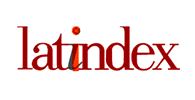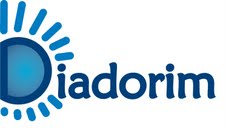AVALIAÇÃO DO CONSUMO ALIMENTAR DE PRÉ-ESCOLARES PRESCHOOLERS FOOD CONSUMPTION EVALUATION
DOI:
https://doi.org/10.13037/rbcs.vol1n2.689Keywords:
consumo alimentar, pré-escolar.Abstract
Objetivo: Avaliar o consumo alimentar de crianças na faixa etária 2 a 6 anos frequentadoras de uma creche na cidade de São Paulo. Metodologia: Os dados foram coletados durante o período de setembro a outubro de 2001, adotando-se o método de pesagem direta dos alimentos durante 3 dias não consecutivos com uma amostra de 127 crianças de ambos os sexos. Para cálculo da adequação nutricional, utilizaram-se as médias de consumo de energia e proteínas comparadas com a recomendação da Organização Mundial da Saúde (1985), e os mimicronutrientes como : cálcio, ferro, vitamina A, vitamina C com a Dietary Reference Intakes (2000) e fibras através da American Academy of Pediatrics (1993). Resultados: O estudo revelou um percentual de adequação insuficiente de energia (40,9 - 50,6%) cálcio (17,1 - 34,8%), ferro (49,0 - 75,7%) e fibras (20,6 - 40,8%), com um consumo protéico (124,5 - 141,2%), vitamina A (66,2 - 226,1%) e vitamina C (376,8 - 1.170,6%), excedendo as recomendações. Apenas o grupo de 3 - 4 anos não atingiu as recomendações de vitamina A. Conclusão: As carências e os excessos dos nutrientes demonstram a necessidade de uma reformulação nos cardápios e padronização dos per capitas com uma educação nutricional contínua entre crianças, pais e educadores.Downloads
Downloads
Issue
Section
ARTIGOS ORIGINAIS
License
Policy Proposal for Journals offering Free Delayed Access
Authors who publish in this magazine agree to the following terms:
- Authors maintain the copyright and grant the journal the right to the first publication, with the work simultaneously licensed under a Creative Commons Attribution License after publication, allowing the sharing of the work with recognition of the authorship of the work and initial publication in this journal.
- Authors are authorized to assume additional contracts separately, for non-exclusive distribution of the version of the work published in this magazine (eg, publishing in institutional repository or as a book chapter), with the acknowledgment of the authorship and initial publication in this journal.
- Authors are allowed and encouraged to publish and distribute their work online (eg in institutional repositories or on their personal page) at any point before or during the editorial process, as this can generate productive changes, as well as increase impact and citation of the published work (See The Effect of Open Access).









